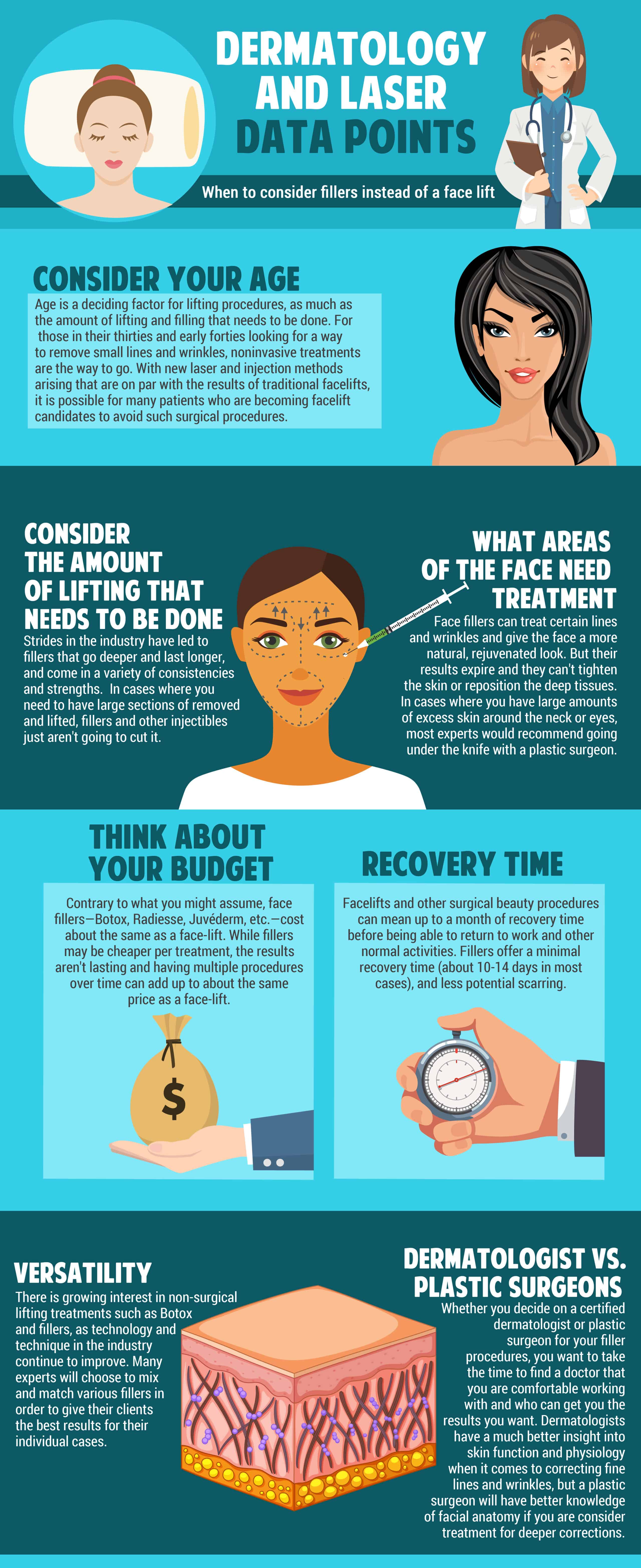When considering the choice between traditional cataract surgery and laser-assisted strategies, you might find yourself considering the benefits and drawbacks each approach provides. The decision goes beyond the surface area level of expense and precision, delving right into the world of long-lasting end results and person satisfaction. As you navigate through the complexities of these two methods, it becomes essential to understand the nuanced details that can considerably impact your visual clarity and total experience. Stay tuned to uncover the crucial aspects that will lead your decision-making procedure in this critical aspect of eye treatment.
Traditional Cataract Surgical Treatment Pros and Cons
When considering typical cataract surgical treatment, you may find that it's a reputable and widely-used strategy. In this treatment, a doctor makes a little incision in the eye and uses ultrasound to separate the over cast lens prior to removing it. When the cataract is gotten rid of, a synthetic lens is placed to bring back clear vision.
Among the main advantages of conventional cataract surgical procedure is its track record of success. Several patients have had their vision considerably enhanced with this procedure. Furthermore, traditional surgical treatment is typically covered by insurance, making it an extra obtainable option for many individuals.
Nonetheless, there are some downsides to conventional cataract surgical treatment as well. Recovery time can be longer contrasted to more recent strategies, and there's a somewhat higher threat of problems such as infection or swelling. Some clients may additionally experience astigmatism or call for reading glasses post-surgery.
Laser-Assisted Techniques Benefits And Drawbacks
Checking out laser-assisted techniques for cataract surgery reveals a modern method that utilizes laser innovation to do crucial steps in the treatment. One of the key benefits of laser-assisted cataract surgical procedure is its precision. The laser enables exceptionally exact cuts, which can cause much better aesthetic results. In addition, the use of lasers can reduce the amount of ultrasound power required throughout the surgical procedure, potentially reducing the risk of complications such as corneal damages.
On the downside, laser-assisted methods can be more expensive compared to conventional methods. This price mightn't be covered by insurance coverage, making it much less easily accessible to some people.
One more consideration is that not all cataract doctors are trained in laser technology, which could restrict your options for picking a doctor.
Last but not least, while the laser can automate specific elements of the procedure, the surgery still calls for a knowledgeable doctor to guarantee effective outcomes.
Comparative Evaluation of Both Approaches
For a thorough understanding of cataract surgical treatment techniques, it's necessary to conduct a relative analysis of both traditional and laser-assisted techniques.
Standard cataract surgical treatment includes hand-operated lacerations and making use of portable devices to break up and get rid of the cloudy lens.
On the other hand, laser-assisted cataract surgical procedure utilizes innovative innovation to create precise lacerations and separate the cataract with laser energy prior to removing it.
In Optometry Vs Ophthalmology to accuracy, laser-assisted methods provide a greater degree of precision contrasted to standard approaches. The use of lasers permits modification of the procedure based on each patient's eye composition, possibly causing much better aesthetic end results.
However, laser-assisted cataract surgical treatment has a tendency to be more pricey than traditional surgical procedure, which may limit accessibility for some patients.
While both methods are effective in restoring vision impaired by cataracts, the selection between typical and laser-assisted strategies often depends upon aspects such as expense, precision, and specific client needs.
Consulting with when is cataract surgery covered by insurance can assist identify one of the most appropriate strategy for your cataract surgical procedure.
Final thought
To conclude, when making a decision between standard cataract surgical treatment and laser-assisted methods, think about variables like cost, accuracy, and private needs. Standard surgical treatment provides a proven performance history and insurance coverage but may include longer healing times. read this -assisted methods provide higher accuracy and customization yet can be extra costly and not constantly covered by insurance policy. Eventually, the option between the two techniques depends upon what is essential to you and your particular scenario.
